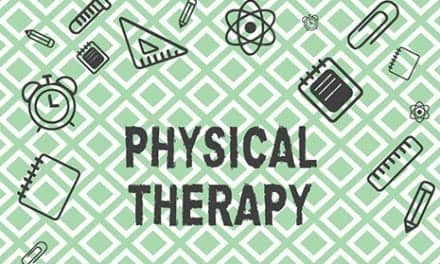Canadian researchers investigating the frequency of vestibulo-ocular dysfunction (VOD) in children and adolescents with sports-related concussion (SRC) have found that its presence may be predictive of a prolonged recovery.
The study, by Michael J. Ellis, MD, and colleagues from the Canada North Concussion Network in Manitoba was published online, ahead of print, in the Journal of Neurosurgery: Pediatrics.
The research team states, according to a news release from the Journal of Neurosurgery, that there is no standardized definition for VOD.
However, for the purposes of their study, the researchers define it as “more than one subjective complaint of intermittent blurred or double vision, visual disturbance, gaze instability or difficulty focusing, dizziness, difficulty reading, or motion sensitivity” in conjunction with more than one abnormality in eye movements or vestibulo-ocular reflexes identified by a neurosurgeon during a physical examination.
During their study, per the release, the research team examined the prevalence of VOD in 101 patients 19 years of age or younger who were diagnosed with SRC at a multidisciplinary pediatric concussion program. From the patient group, 77 had sustained the injury less than 30 days previously and were diagnosed with acute SRC. The other 24 patients continued to experience three or more symptoms of concussion for longer than 1 month and were diagnosed with post-concussion syndrome.
The release explains that the team found a significant percentage of patients with VOD in the acute SRC group (29%, 22 patients) and a substantially higher percentage of patients with VOD in the post-concussion syndrome group (62.5%, 15 patients). They also found that the risk of developing post-concussion syndrome was statistically significantly higher in patients with acute SRC who had VOD.
The authors state that this finding held true even when they controlled for other known predictors for developing post-concussion syndrome, such as the severity of the injury and the presence of migraine headaches.
According to the release, authors emphasize that this finding is important because children and adolescents with post-concussion syndrome are at greater risk of developing other chronic medical conditions, such as depression, anxiety, and migraines, as well as poor educational performance.
If risk factors can be identified early, the researchers note in their study, they could lead to early specific therapeutic inventions.
Ellis, commenting on the study in the release, notes that the physical examination tools used in the study are not novel and have been part of the clinical armamentarium of neuro-opthalmologists for decades.
“While these tools may help physicians identify those patients at an elevated risk of post-concussion syndrome, they should not be regarded as stand-alone tools to be used to diagnose or manage concussion,” he cautions.
“Indeed, many serious and life-threatening neurological conditions can present with vestibular and oculomotor signs and symptoms similar to those observed in patients with sports-related concussion. Optimizing care of concussion patients requires comprehensive neurological assessment by physicians with clinical training and experience in concussion and traumatic brain injury,” he continues.
Ellis also notes, according to the release, that continued research is needed to confirm the study’s findings, as well as to identify clinical predictors of VOD and evaluate the effect of targeted vestibular and oculomotor rehabilitation strategies on the objective findings responsible for persistent concussion symptoms.
[Source(s): Journal of Neurosurgery, Science Daily]





